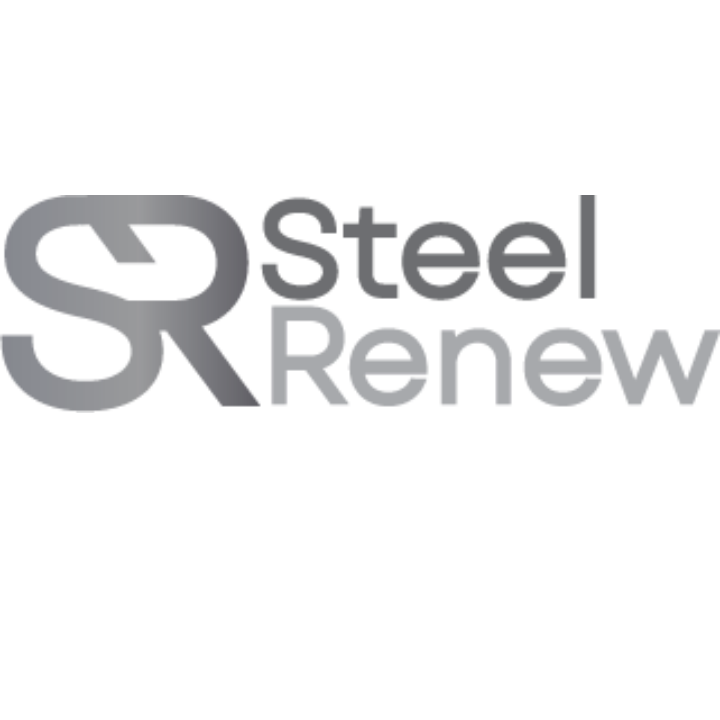Best Practices for Cleaning Stainless Steel in Commercial Buildings
- Elie Wehbe
- Sep 8
- 3 min read

Stainless steel is a staple in modern commercial buildings. From lifts and escalators to handrails, façades, and kitchens, it’s chosen for durability, hygiene, and aesthetics. But while many assume stainless steel is “low maintenance,” it isn’t maintenance-free.
As William Zahner notes in Stainless Steel Surfaces, the material’s appearance and performance depend heavily on correct cleaning and care. When neglected or cleaned improperly, stainless steel loses its protective oxide layer — leading to staining, rust, and costly repairs.
In this article, we’ll cover the best practices for cleaning stainless steel in common commercial environments, ensuring your assets stay functional, compliant, and looking their best.
Why Stainless Steel Needs Proper Cleaning
Daily exposure: In high-traffic environments, stainless steel comes into contact with fingerprints, oils, dirt, and moisture.
Surface vulnerability: Although corrosion-resistant, scratches or chemical residues can compromise the passive film that protects stainless steel.
Perception matters: In buildings, dull or stained stainless steel signals neglect, while polished surfaces communicate safety and professionalism.
Common Mistakes That Damage Stainless Steel
Facility managers often see stainless steel as robust enough to withstand anything — but certain practices do more harm than good:
Using bleach or chlorine-based cleaners → causes corrosion and pitting.
Harsh scrubbing pads (e.g. steel wool) → leave deep scratches that trap dirt.
Infrequent cleaning → allows contaminants to build up and degrade surfaces.
Multi-purpose cleaners → may contain acids or salts not suitable for stainless steel.
According to Zahner, these mistakes accelerate deterioration by breaking down the protective chromium oxide layer.
The Right Cleaning Products & Materials
To preserve stainless steel surfaces:
Use neutral pH detergents for daily cleaning.
Apply specialist stainless steel cleaners for grease, fingerprints, and grime.
Consider protective coatings (oil, polymer, or anti-graffiti) in high-traffic zones to reduce maintenance needs.
Avoid: hydrochloric acid, bleach, or any chloride-rich products.
Recommended Tools & Techniques
Microfiber or soft cloths only — never abrasive pads.
Always clean in the direction of the grain to prevent scratching.
After cleaning, rinse with fresh water to remove residues.
Dry thoroughly with a lint-free cloth to prevent water spots.
For escalators and travellators → integrate degreasing, neutralising, and anti-slip treatment touch up if required.
Cleaning Frequency by Environment
Best practice is to tailor cleaning schedules to the building type and use:
Hospitals & healthcare → daily wipe-downs, weekly deep cleaning.
Airports & transport hubs → daily cleaning, monthly chemical or protective treatment.
Shopping centres & retail → daily touch-point cleaning, quarterly restoration.
Office towers & corporate facilities → weekly cleaning, annual chemical treatment or protective coatings.
Escalators/travellators → monthly degrease and bi-annually or annually anti-slip treatment.

When to Engage Professionals
Some jobs require more than regular cleaning staff can handle:
Deep scratches, rust, or pitting need restoration.
High-value surfaces like façades, lifts, or escalators require specialist equipment.
Compliance-sensitive environments (hospitals, airports) demand certified processes.
Restoration vs. replacement: Professional services extend lifespan and avoid costly replacements — which Zahner highlights as a key sustainability benefit.
Long-Term Asset Management
Integrate stainless steel into preventative maintenance schedules.
Apply protective coatings to minimise frequency of cleaning.
Train in-house cleaning teams on do’s and don’ts.
Schedule professional inspections annually to address early signs of corrosion.
The Stainless Steel Best Practice Recap
Stainless steel may be durable, but it needs proper care to live up to its reputation. Following best practices — from using the right products to setting the right cleaning frequency — prevents premature damage, protects building value, and ensures your facility looks professional.
As Zahner’s research reminds us: stainless steel is an investment. Treat it with the right maintenance, and it will last decades. Neglect it, and costs multiply quickly.
If you need a hand - reach out to the team here - Contact Us




Comments